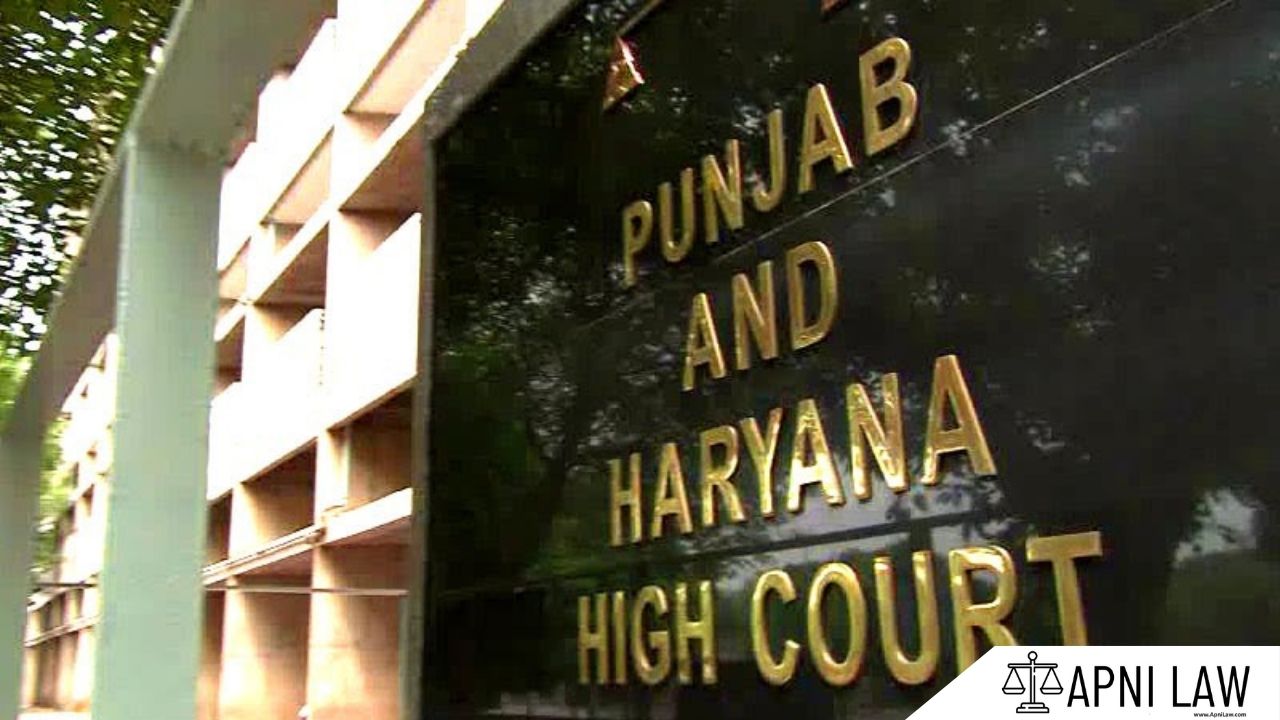Section 433A CrPC: Restriction on Remission or Commutation Powers in Specific Cases
1. State the code
Section 433A of the Code of Criminal Procedure, 1973 (CrPC) deals with the restriction on the power of the Government to grant remission or commutation of sentences in specific cases.
2. Explain it
Section 433A was introduced in 2013 to prevent the abuse of the remission and commutation powers by the Government. It states that the Government cannot grant remission or commute a sentence of death or life imprisonment imposed on a person convicted of certain heinous crimes, even if the convict has served a certain portion of the sentence. The restriction applies to cases where the crime was committed:
- Against a child below the age of 12 years
- Against a woman
- Against a person with a disability
- With the intention to cause death or grievous hurt
The section aims to ensure that such heinous crimes are adequately punished, and the perpetrators cannot be released easily through remission or commutation.
3. Illustrate it
For example, if a person is convicted of rape and murder of a child, they cannot be released on the basis of remission or commutation even if they have served a significant portion of their sentence.
4. Common Question and Answers
Q: Does this law apply to all crimes?
A: No, it only applies to specific heinous crimes as mentioned in the section.
Q: Can the Government still grant remission or commutation in any circumstances?
A: Yes, but only in exceptional circumstances and after considering factors like the convict’s behavior in prison and the gravity of the crime.
Q: What is the purpose of this law?
A: The purpose is to ensure that heinous crimes are adequately punished and to prevent the premature release of convicts who have committed such crimes.









